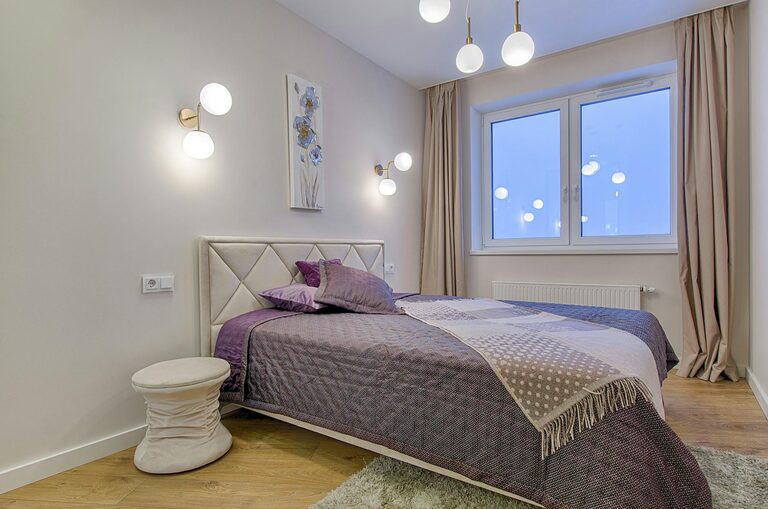Creating a comfortable and inviting atmosphere in your home starts with the right lighting. Choosing the best lighting isn’t just about aesthetics; it’s also about functionality and comfort. Proper lighting can affect your mood, productivity, and even your wellbeing. In this post, we’ll explore helpful tips to guide you in selecting home lighting that feels just right for your space and lifestyle.
Why Comfortable Lighting Matters
Lighting impacts how you perceive a room. Too bright or too dim, and it can strain your eyes or make a space feel unwelcoming. Comfortable lighting balances brightness, color, and placement to create an environment that is both visually pleasing and practical. Whether you’re reading a book, cooking, or relaxing, the right lighting supports your daily activities with ease.
Understand Different Types of Lighting
Before choosing fixtures or bulbs, it helps to understand the three main types of lighting commonly used in homes:
Ambient Lighting
This is the general, overall light in a room. It provides a comfortable level of brightness without glare and allows you to see and move around safely. Ceiling-mounted fixtures, chandeliers, and pendant lights often serve this purpose.
Task Lighting
Focused lighting designed for specific activities like reading, cooking, or working. Desk lamps, under-cabinet lights in kitchens, and adjustable floor lamps are examples.
Accent Lighting
Used to highlight decorative features such as artwork, plants, or architectural details. It adds depth and visual interest.
A well-lit room usually combines all three types to achieve a balanced, comfortable atmosphere.
Tips for Choosing Comfortable Lighting
1. Choose the Right Color Temperature
Light bulbs have different color temperatures measured in kelvin (K). Warm light (2700K–3000K) creates a cozy, relaxing atmosphere, ideal for living rooms and bedrooms. Cooler light (3500K–5000K) is better for task areas like kitchens or home offices where clarity is important.
2. Use Dimmers for Flexibility
Installing dimmer switches allows you to adjust lighting levels according to your needs and moods. Dimmable lights are especially useful in living rooms, dining areas, and bedrooms where you may want bright light during the day and soft light in the evening.
3. Layer Your Lighting
Combine ambient, task, and accent lighting to avoid harsh shadows and overly flat spaces. For example, in a living room, use overhead lights for general illumination, a table lamp for reading, and accent lights to highlight artwork or plants.
4. Consider Natural Light
Make the most of natural daylight by positioning furniture near windows and using sheer curtains to diffuse sunlight. Daylight helps regulate your body’s natural rhythms and reduces the need for artificial light during daytime.
5. Select Appropriate Fixtures
Lighting fixtures contribute to the style and comfort of a room. Choose fixtures that distribute light evenly and reduce glare. Fixtures with frosted glass or fabric shades soften light for a more comfortable glow.
6. Match Lighting to Room Activities
Think about how each room is used. Bright, even lighting works well in kitchens and bathrooms. Relaxing, softer lighting is better suited for bedrooms and lounges. Study rooms benefit from bright task lighting to minimize eye strain.
7. Opt for Energy-Efficient Bulbs
LED bulbs consume less energy and last longer than traditional incandescent bulbs. Many LED options offer a range of color temperatures and dimming capabilities, so you don’t have to compromise comfort for efficiency.
8. Avoid Glare and Shadows
Position lights to minimize glare and harsh shadows. Use lampshades or diffusers to soften light. Avoid placing bright lights directly in your line of sight, especially around computer desks or reading areas.
Room-by-Room Lighting Considerations
Living Room
Focus on ambient lighting with multiple sources. Floor lamps, table lamps, and ceiling fixtures can be combined. Add dimmers for evening relaxation.
Kitchen
Prioritize bright, even lighting, especially over counters and stove areas. Use under-cabinet task lighting to illuminate work surfaces.
Bedroom
Soft, warm light sets a calming mood. Bedside lamps with adjustable brightness are perfect for reading before bed.
Bathroom
Bright, clear lighting is essential for grooming. Use layered lighting with vanity lights around mirrors to reduce shadows on your face.
Home Office
Choose bright, cool light to enhance concentration. Adjustable desk lamps help reduce eye strain during focused tasks.
Final Thoughts
Choosing comfortable home lighting is about balance. By considering light type, color temperature, layering, and room functions, you can create spaces that look great and feel good. Don’t hesitate to experiment with different lighting options until you find what works best for you and your home.
Investing time in selecting the right lighting can transform your living space into a cozy, functional haven that you enjoy every day. Happy lighting!

